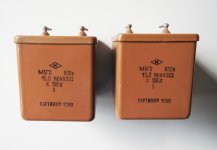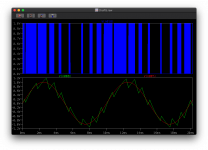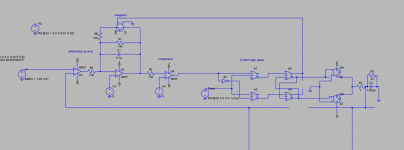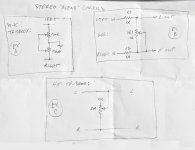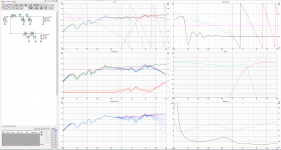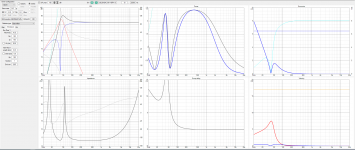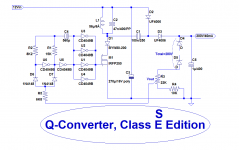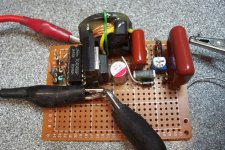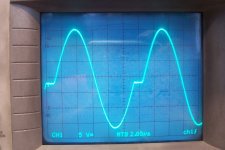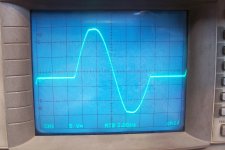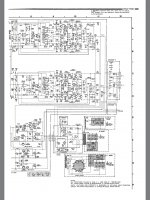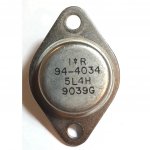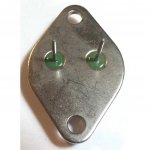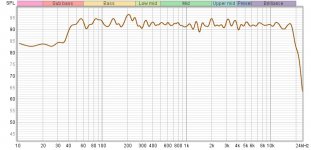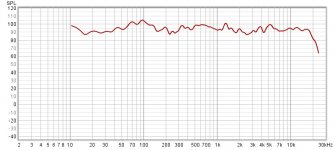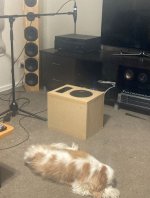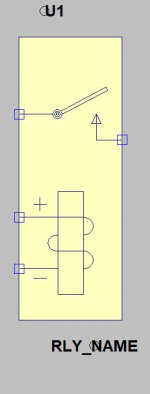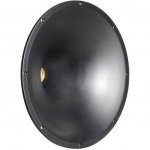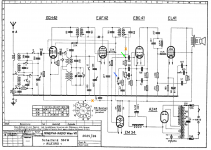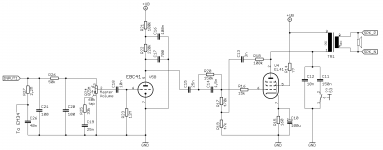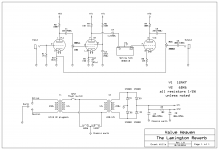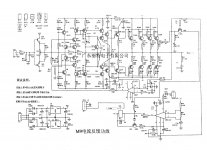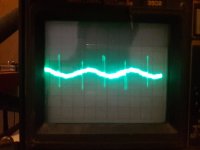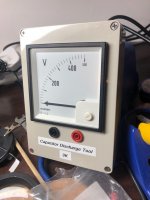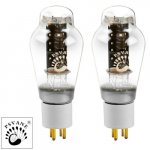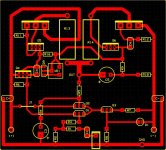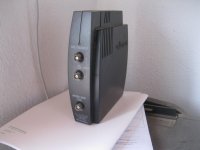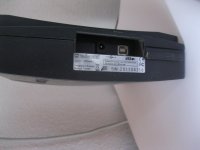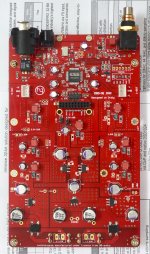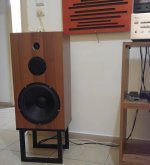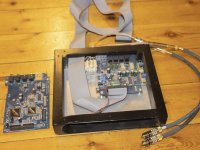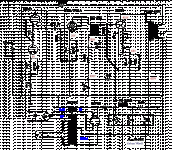First of all - a kind and big
Hello! to everyone!
🙂
I hope I found myself in the right place to talk about such ideas and obviously to ask questions in the search of answers and solutions. I'm happy to have found this forum.
I'm in my 20's doing some electronics as a part of my lifetime hobby. Usually it's digital, less analog and hardly ever tubes, so I'm not that experienced with them and usually can't understand the bigger theory. I have made a few amps, but these were more of a "kit" than "design".
~~~
Recently I wanted to make myself a cheap guitar amplifier/combo of a kind for home practicing, so I found an old tube radio which isn't functional. This gives me most of the construction basis, together with a speaker, output stage, some preamplifier and a power supply, not mentioning the whole box. I have a bit of trouble understanding it though, so I'll attach the original schematic for it - see
Sch_Original. I also added some markers which will come in handy next.
All the signal tubes (4 total) here have a rimlock base (B8A) (excluding the magic eye which is not relevant to my trouble) and I would really like to keep it that way. So, I found tube types that might be useful. I'll refer to each one later.
- EF40: a precedessor and equivalent of later EF86 - looking forward to an input stage with it;
ECC40 - instead of ECC83/12AX7 types and the one triode from EBC41;
EF42 - for reverb circuit instead of EF80, explained later;
EL41 - output stage of below 5W.
Regarding schematic, firstly I would like to try and leave the EM34 for later usage as a crude VU meter, maybe adjust its sensitivity. Then, my instinct says to cut the connections marked with orange X-s and connect input jack to one of the points indicated by the green or blue arrow. By doing this I would probably have a functioning amplifier with a drawback of its frequency response. This gives me the circuit on
Sch_1.
A question arises: What is actually happening here with all the capacitors, filtering and feedbacks and is it worth keeping for a guitar usage? I simulated this circuit with the triode only and it seems to alter bass response on low volume (5dB increased gain up to 300Hz), in the middle the frequency response is quite flat, and then it increases 300Hz-4kHz by 2dB on max volume (all values approximate - I'll skip the graphs for now).
Then, the input stage, where I somehow look towards pentode input. I probably can substitute EF86 with EF40, which is said to be a precedessor and almost equivalent tube - not, that I am right, but looking at the datasheets we are really close. The schematic for this stage, probably found by me long time ago from some other guitar amplifier, is most probably to be the one shown on
Sch_2. On this part of my idea I hardly have any doubt, and if any, it's the R9 resistor value and further integration with reverb stage.
The reverb stage - I found this nice idea:
LINK . Also attaching the schematic as
Sch_Revb.
The first concern here is swapping EF80 for the EF42. Why EF42? - I tried to compare the tubes' Typical Characteristics and EF42 seemed to be a close one. Using it would probably need some components adjusting around it; it seems to be a basic pentode gain stage which should be even possible to recalculate. Am I right to this point?
Another trouble is, how to integrate it with the input stage? Am I correct when I think, I can 'delete' the input triode and connect the "Dwell" potentiometer after input stage? But what about the "Mix" potentiometer? EF40 (input stage) is cathode biased, so copy-cat-ing after the input triode from this design is a no-go. I wouldn't want to exceed 4 tubes in total because of the current draw from power transformer and rectifier tube,
AND heater supply. Also, based on previous simulation, the EL41 needs a fairly big amplitude to drive it, so the reverb recovery triode probably won't do it. This is very troublesome for me and I'd be very thankful for any ideas.
Next and possibly last is the power supply and output stage. I noticed that usually the screen grid (second) of output tube is connected through resistor in some way, supplying it with lower voltage. Should we alter it or leave as is? The EL41 tube datasheet says Vgs2 = Va = 250V for a SE class A amplifier -
so maybe it's correct. 😀
The matter of power supply is, most if not all tube designs use a multi stage filtering which also gives multiple voltages for respective gain stages. Should we leave it as is or change to "the standard"? I'm having in mind the AZ41 tube which is specified for output capacitor of 2x 50uF max only.
At the end I would expect the signal path to be: EF40>ECc40>EF42>Reverb>EcC40>EL41 with controls such as Volume, Tone (somewhere on the way, not necessarily with the input stage), Dwell+Mix and Master Volume (if it has any sense). The longer I look at it though, the more I doubt it is achieveable. Maybe I could squeeze somewhere a subminiature tube if another stage would be needed somewhere? Maybe a MOSFET in a place it won't alter the sound? No idea here.
🙁 (wouldn't want any semiconductors though)
For any questions with actual sound, I'm looking for just a little distortion, but mostly clean sound. If the gain could be changed for more distorted sound with a switch, I'd surely take it! I'll also leave the original speaker in hope of some fancy "vintage" sound.
Let's also say I will not be using any old capacitors, as the original 70 years old ones need replacing just from looking at them. Also please do let me know, if I am forgetting something.
I will be plugging the radio and measuring its working conditions - voltages and currents - in a few days, so it will help in determining this project feasibility and basic parameters.
All kinds of help, whether it is a straight solution, example, suggestion or some article to read, will be greatly appreciated! In no means though I am expecting a ready fix and I'd rather learn than copy.
Many thanks to you all and everyone for any input to my post.
🙂
Cheers,
Jakub
